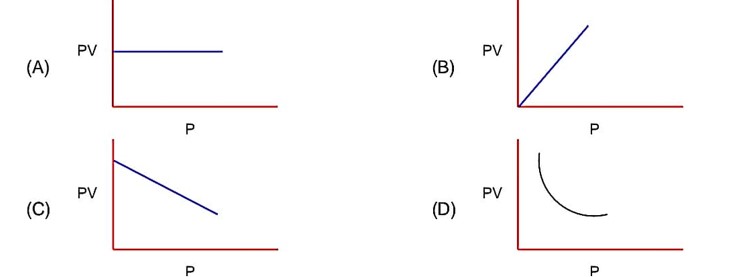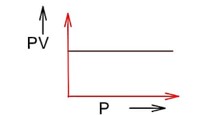Class 11th
Get insights from 8k questions on Class 11th, answered by students, alumni, and experts. You may also ask and answer any question you like about Class 11th
Follow Ask QuestionQuestions
Discussions
Active Users
Followers
New answer posted
3 months agoContributor-Level 9
PV = nRT PV = constant (at constant T)
Pressure increases & volume decreases, PV remains constant at constant T.
New answer posted
3 months agoContributor-Level 10
Since A (sec θ, 2 tanθ) & B
2sec2 θ - 4tan2θ = 2 or sec2 θ - 2 tan2 θ = 1
->
Similarly
Hence question is not correct
New answer posted
3 months agoNew answer posted
3 months agoContributor-Level 10
Slope of C1C2 =
By parametric form C1 (1 + 5 cosθ, 2 + 5sinθ)
& C2 (1 – 5 cos θ, 2 – 5 sinθ)
C1
So,
New answer posted
3 months agoContributor-Level 10
S = {1, 2, 3, 4, 5, 6, 9}
Elements of type 3n -> 3, 6, 9
Type 3n + 1 ->1, 4
3n + 2 -> 2, 5
Number of subset of S containing one element which are not divisible by
Number of subset of S containing 3 elements whose sum is not divisible by

Number of subset containing 4 elements whose sum is not divisible by 3

Number of subset of S containing 6 elements = 4
Hence total subset = 80
Taking an Exam? Selecting a College?
Get authentic answers from experts, students and alumni that you won't find anywhere else
Sign Up on ShikshaOn Shiksha, get access to
- 65k Colleges
- 1.2k Exams
- 679k Reviews
- 1800k Answers






